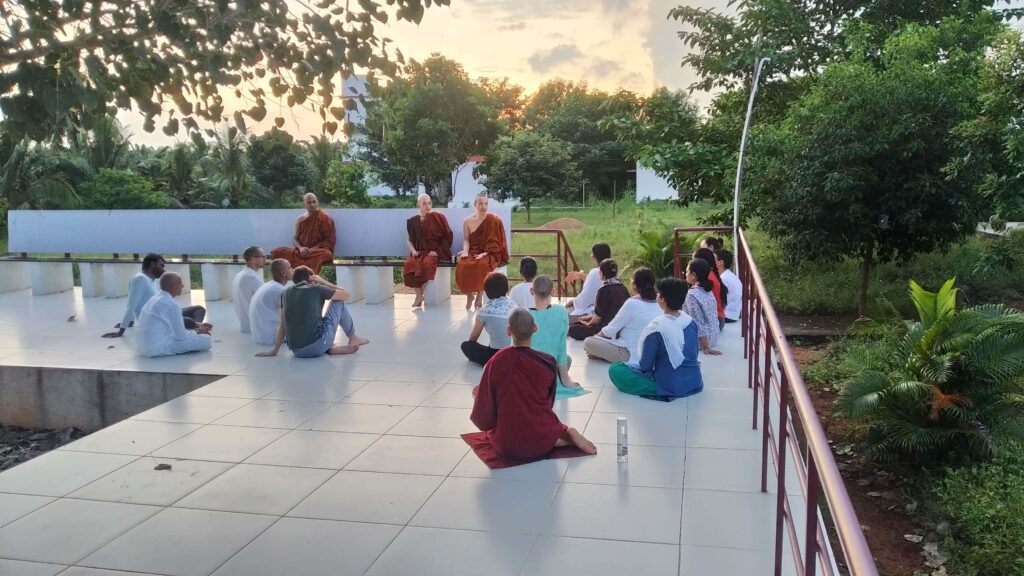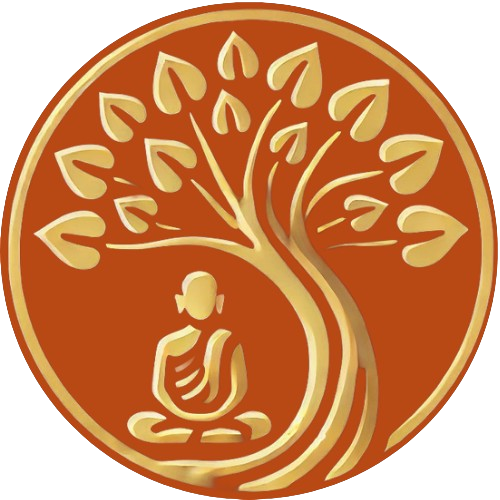Our Vision for India
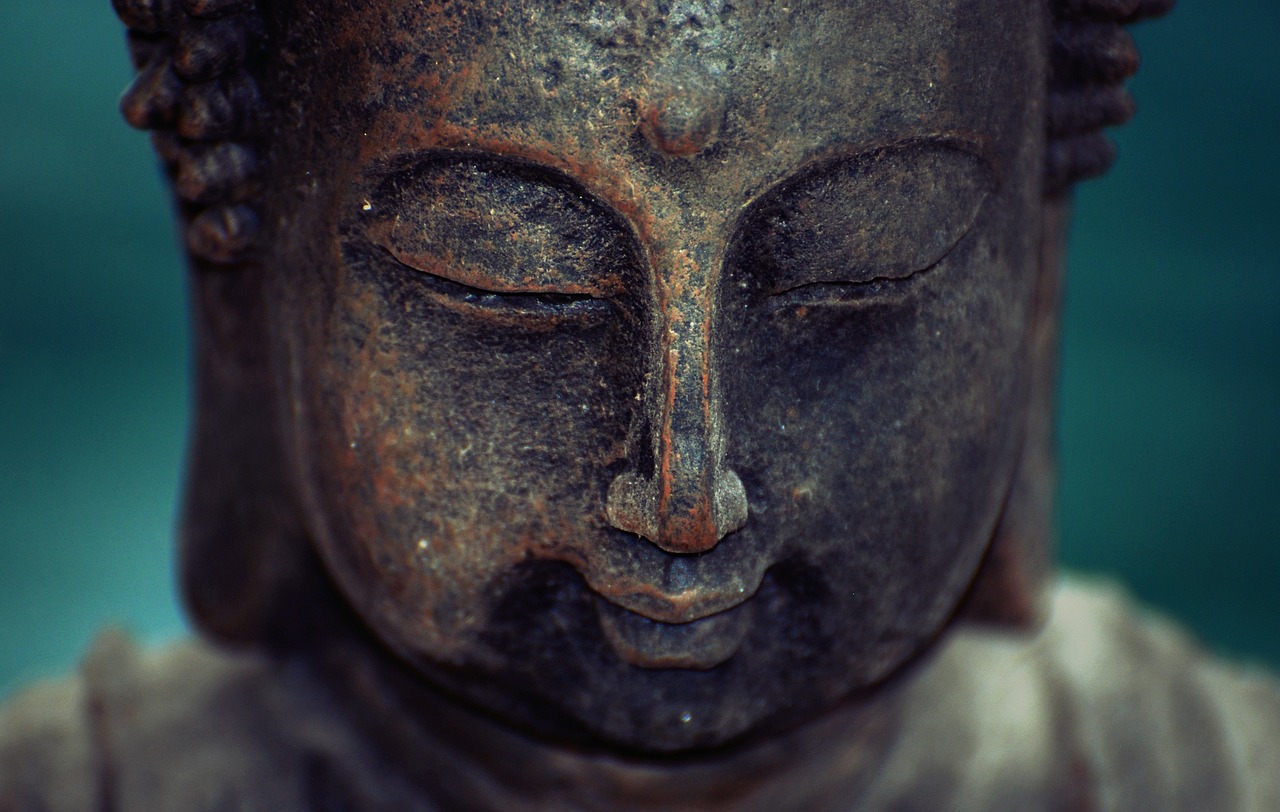
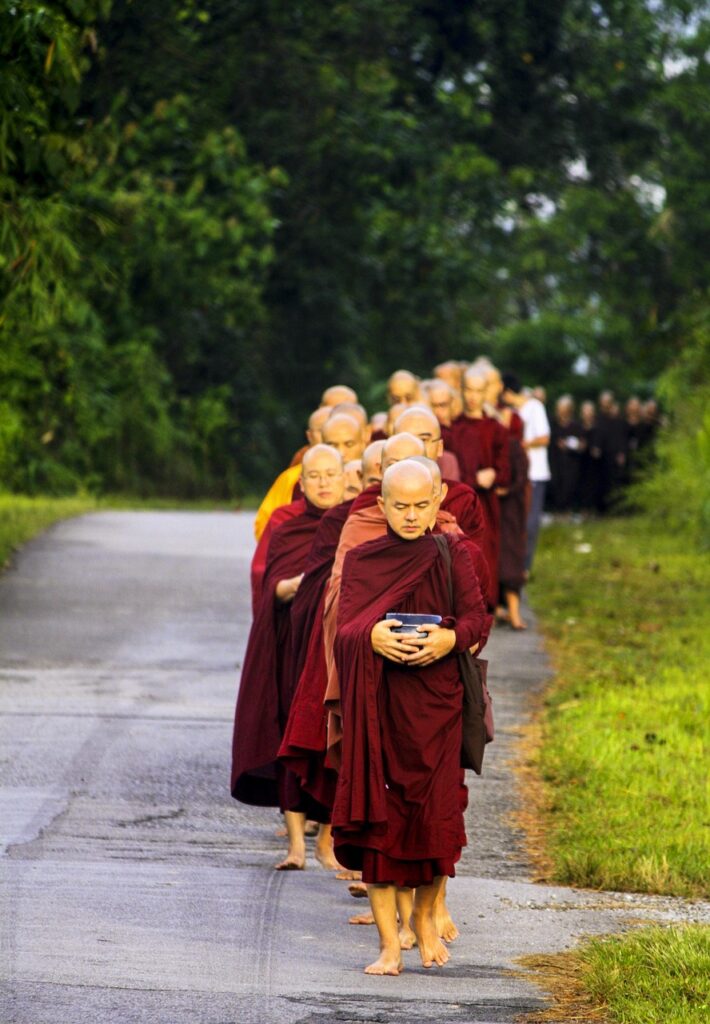
Reviving the Buddha’s Path in Its Fullness
The heart of the Buddha’s discovery is both the reality of suffering and its cessation. Suffering arises due to specific conditions and ceases when those conditions are removed. To guide beings toward liberation, the Dhamma-Vinaya—the Buddha established complete system the of wisdom and discipline necessary for realizing the path. He declared that as long as people practice according to this system, the world will always have awakened beings.
The Lost Legacy and the Path to Revival
For centuries, the full practice of Dhamma-Vinaya was lost in India. However, in recent decades, great efforts have been made to restore aspects of the Buddha’s teachings:
- Dr. B.R. Ambedkar emphasized the socially transformative aspects of Buddhism.
- Sayagyi U Ba Khin & Shri S.N. Goenka revived the practice of Vipassana, the core meditation method in Buddhism.
- The Mahabodhi Society and other organizations have played a crucial role in re-establishing monastic traditions.
These contributions have created fertile ground for a complete revival of the Dhamma-Vinaya, as taught by the Buddha himself.
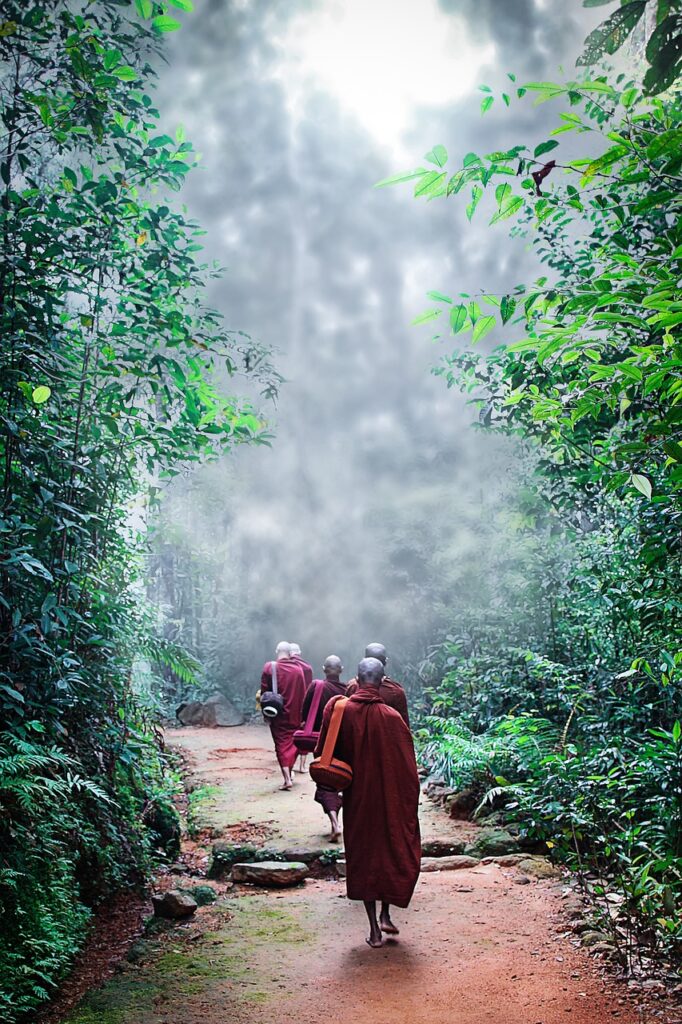
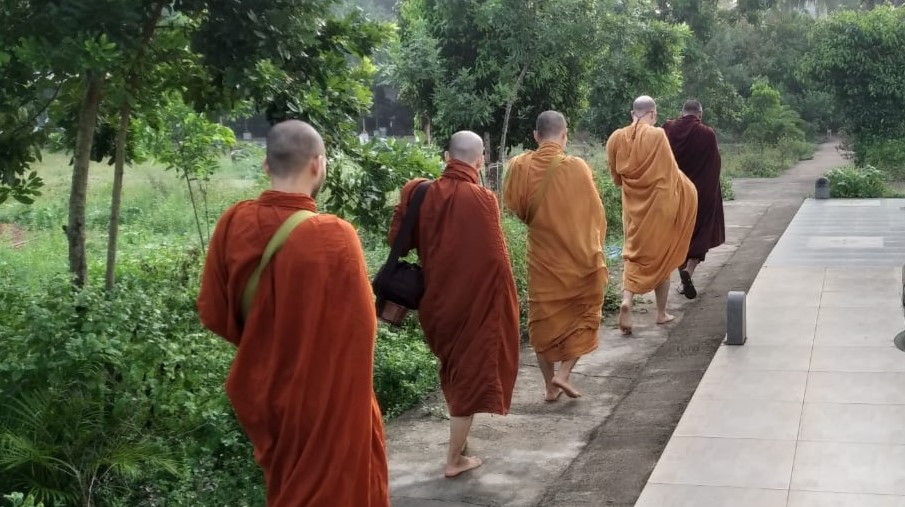
Our Approach: Restoring the Forest Monastic Tradition
At Sangharama, we aim to revive the Buddha’s original monastic system with strict adherence to Vinaya. To accomplish this, we initially seeked guidance and support from Na-Uyana Monastery in Sri Lanka, where monks live with:
- Complete celibacy
- No use of money
- Dependence on alms food
- Rigorous training in the monastic discipline
Before higher ordination, aspirants must train as novices, study the teachings in-depth, and pass written examinations—ensuring that monastics uphold both the knowledge and the practice ofthe Dhamma-Vinaya.
Beyond Vinaya: The Gradual Training
The Buddha’s Gradual Training goes beyond external disciplineand leads to deep inner transformation. The key aspects include:
- Sense Discipline: Developing a noble way of perceiving reality beyond mere restraint.
- Clear Comprehension: Cultivating mindful awareness in all activities.
- Right Concentration (Sammā Samādhi): Attaining a purified and settled mind through wisdom, not suppression.
By systematically developing virtue, mindfulness, and practitioners gain direct realization of the Dhamma.

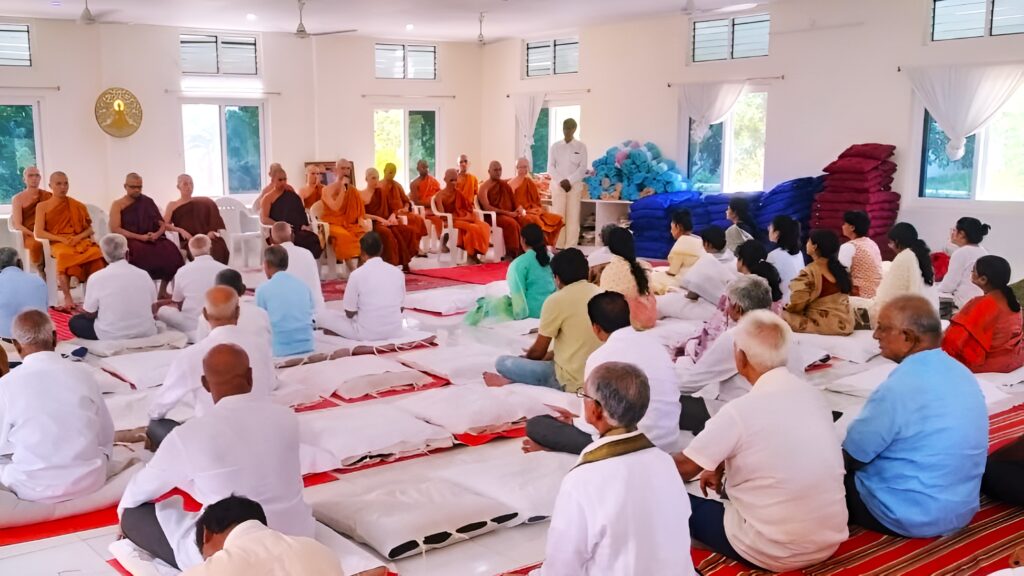
A Non-Sectarian and Universal Approach
India is a land of diverse beliefs, languages, and traditions. To make the Buddha’s teachings accessible to all, we emphasize:
- The Four Noble Truths—a universal teachingbeyond religious boundaries.
- Wisdom over ritualism, avoiding mystical or metaphysical distortions.
- A scientific, rational approach that resonates with seekers from all backgrounds.
By focusing on wisdom and practice rather than labels and sects, the true essence of the Buddha’s teaching remains open to all who seek liberation.
A New Beginning in the Land of the Ancients
India was once home to some of the greatest Buddhist masters—Nāgārjuna, Bodhidharma, and many others—who spread the light of wisdom across the world. We aspire to revive this great tradition, beginning in Andhra Pradesh, a region historically known for its deep roots in monasticism. With the pure teachings of the Buddha, the guidance of Venerable Ariyananda Mahāthero, the support of the Sangha of the four directions, practitioners, we and the hope to generosity restore the of lay Forest Monastic Tradition in India and share the light of Dhamma for the welfare of all beings.
